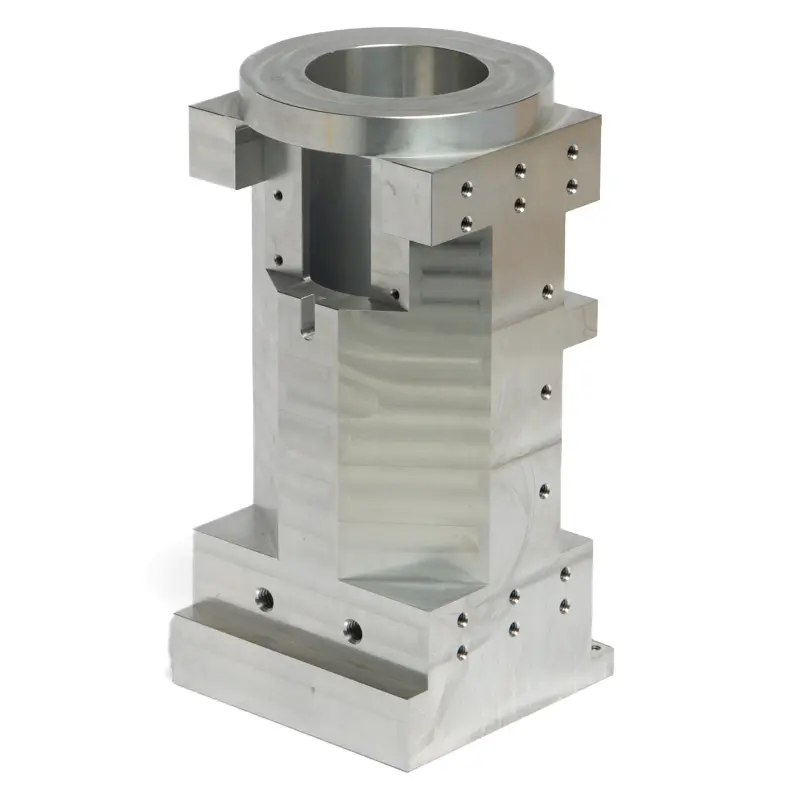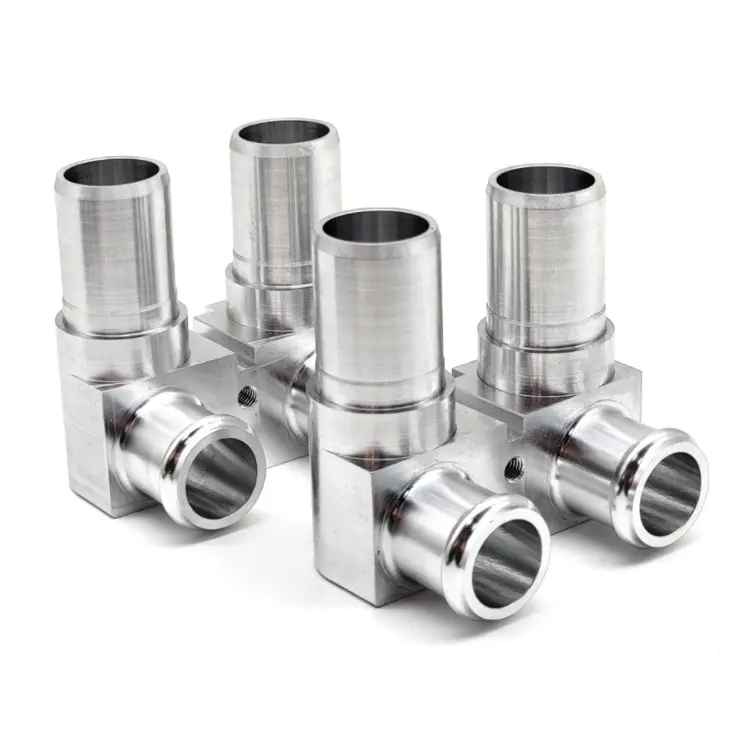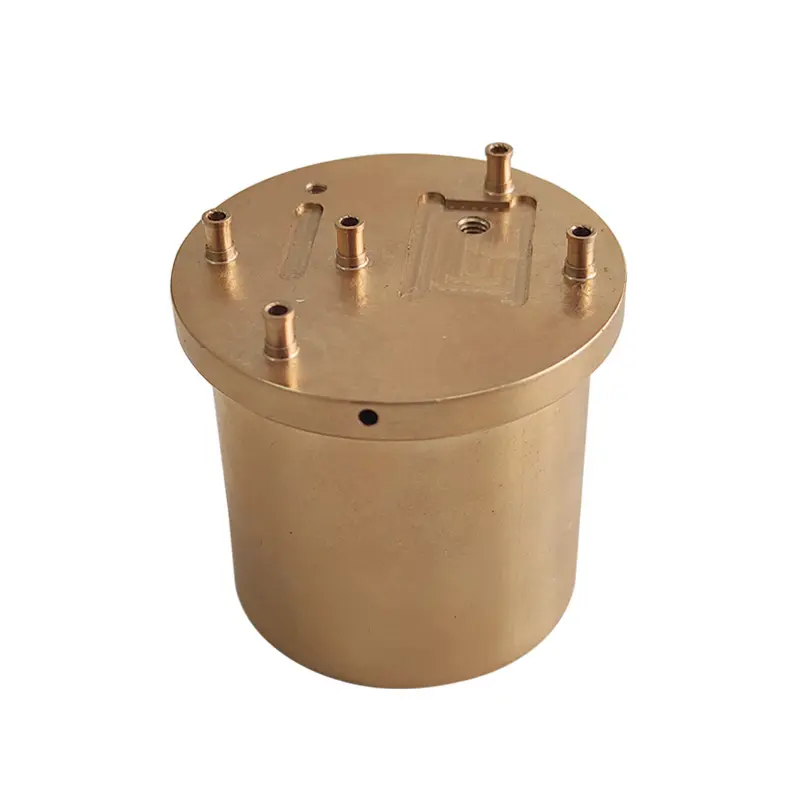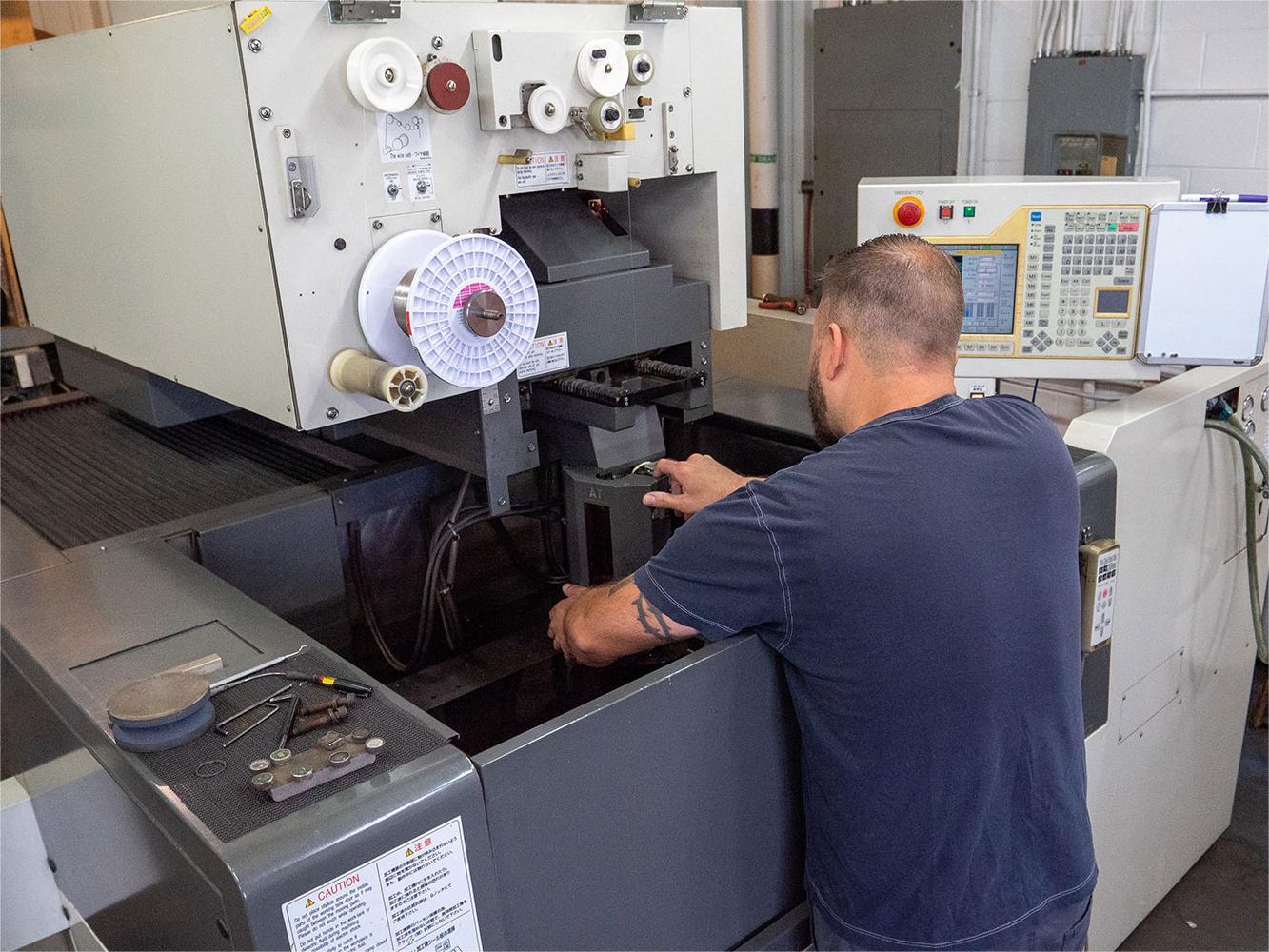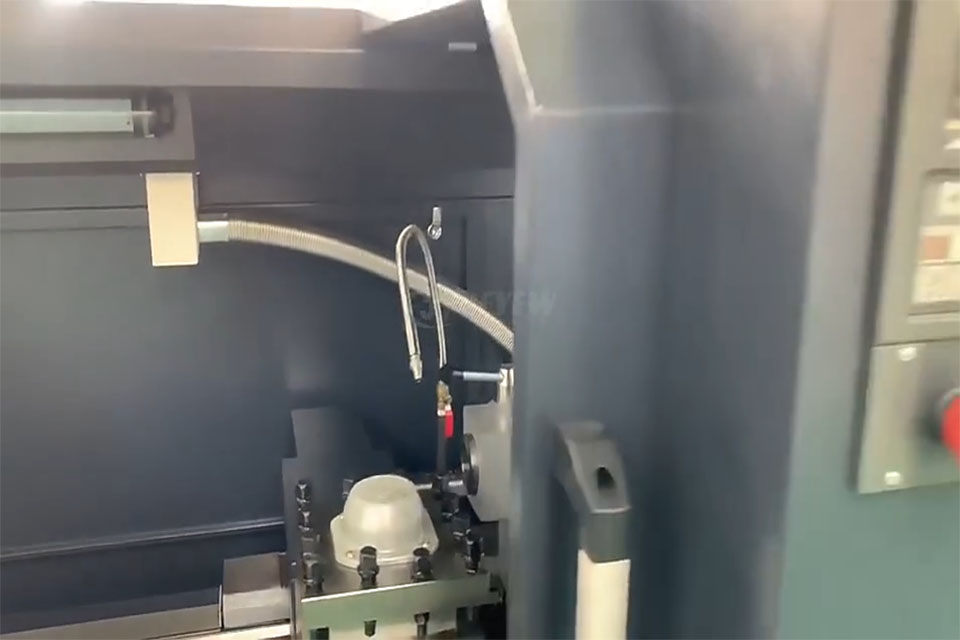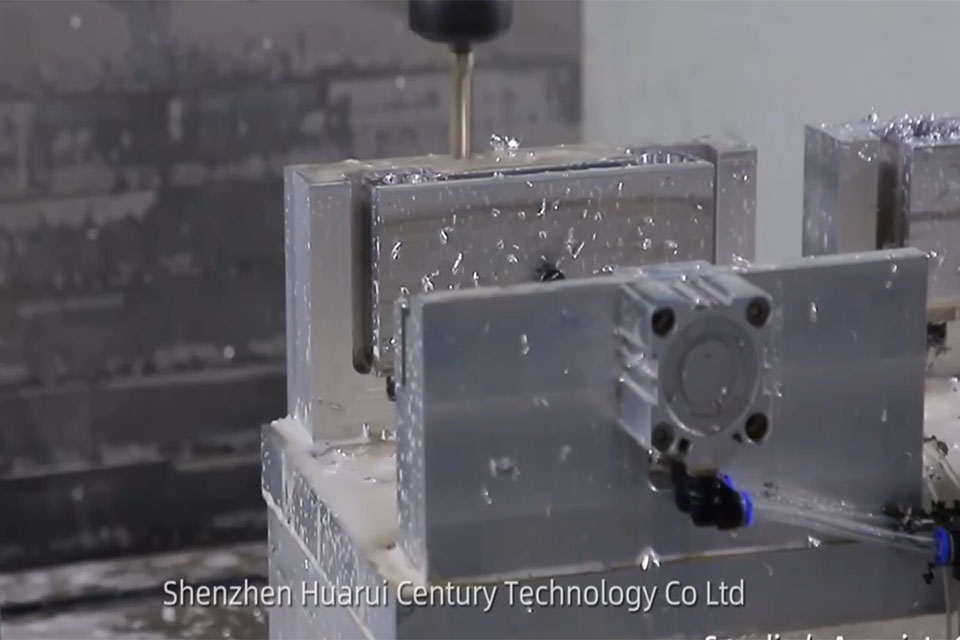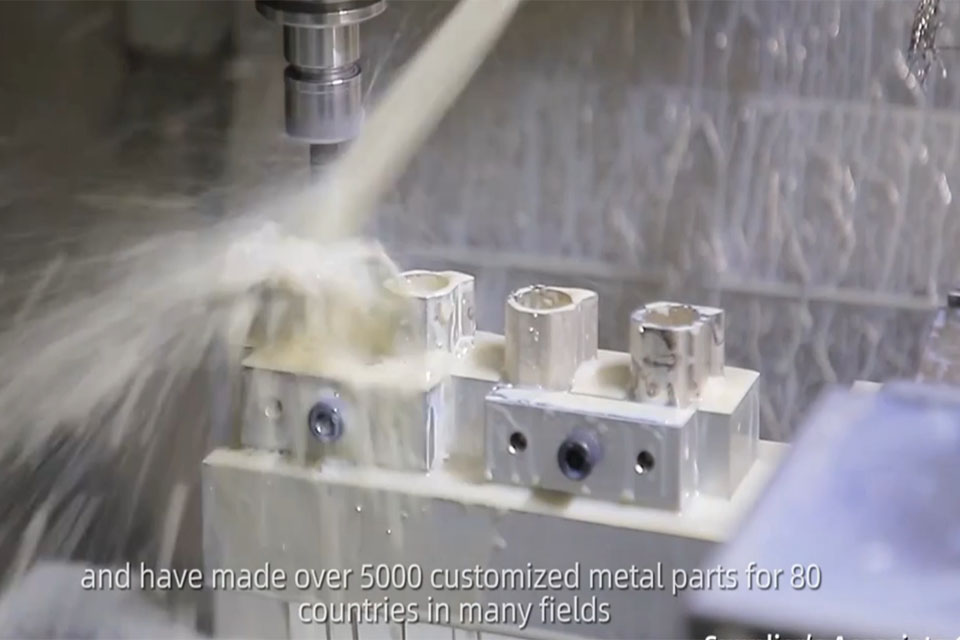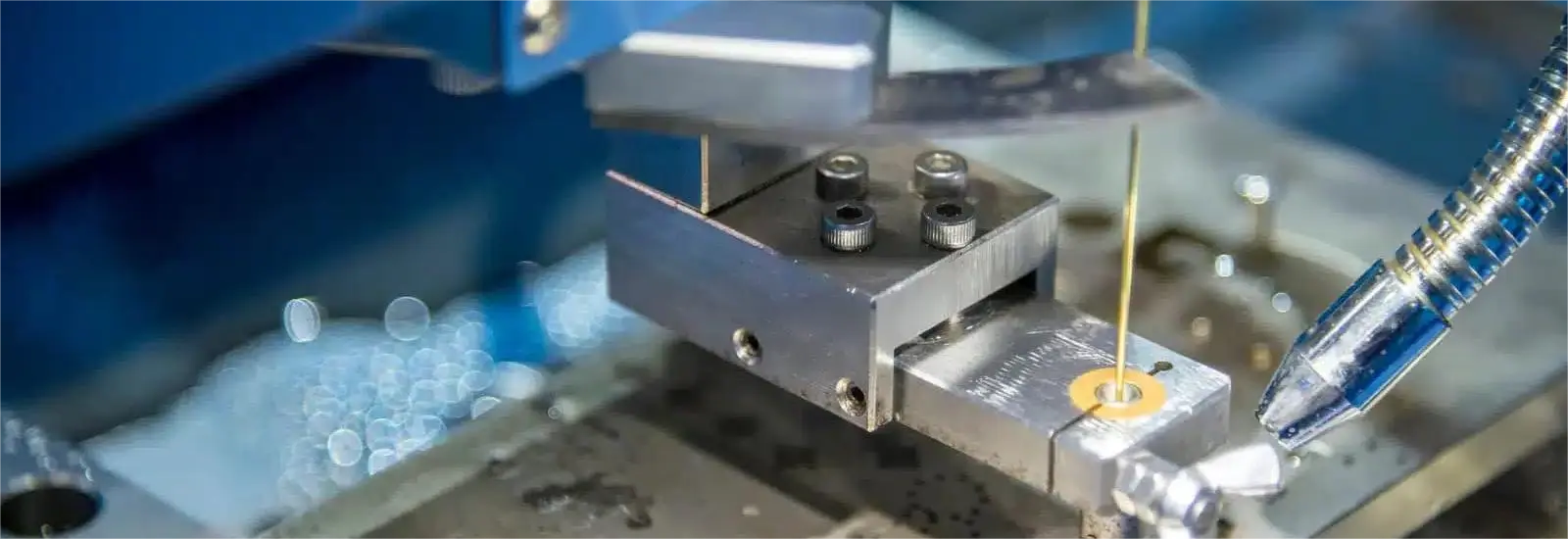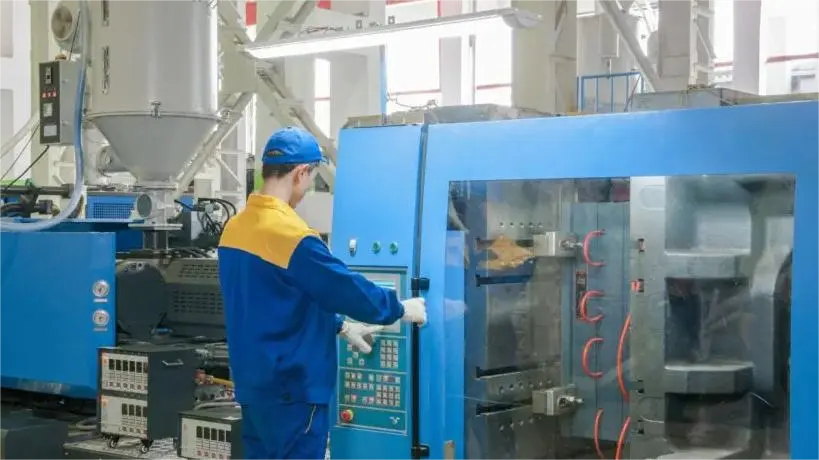
경량 금속 합금의 부상: 장점과 단점경량 제품, 특히 마그네슘 합금이 인기를 얻고 있습니다. 미래 트렌드
목차
소개

What Are the Primary Benefits of Utilizing Lightweight Metals in Manufacturing?
사용 lightweight metal in manufacturing offers numerous advantages, especially in industries where weight reduction is critical. From my experience, one of the most significant benefits is the improved fuel efficiency in the automotive and 항공우주 sectors. For instance, using lightweight alloys in car bodies can drastically reduce the overall weight, leading to lower fuel consumption and emissions. Similarly, in 항공우주 애플리케이션, lightweight materials contribute to higher payload capacities and reduced operational costs. The 중량 대비 강도 비율 of these materials is exceptional, making them ideal for applications where both strength and lightness are paramount.
Another critical advantage is enhanced performance. In the 항공우주 industry, reducing the weight of an aircraft by just a few kilograms can significantly improve its maneuverability and speed. Furthermore, the 내식성 of many lightweight metal alloys, such as 티타늄 and certain types of Aluminum is one of the three metals commonly used in lightweight products. alloy, extends the lifespan of products and reduces maintenance costs. The 열 전도성 of these materials is also noteworthy. For example, 마그네슘 우수한 thermal and electrical 전도성, making it suitable for heat sinks and electronic housings.
What’s the Best Lightweight Metal for High-Strength Applications?
결정 best lightweight metal for high-strength applications depends on specific requirements, but 티타늄 and its alloys often stand out. Titanium alloy offers an impressive combination of high 인장 강도, low density, and excellent 내식성. This makes it ideal for demanding environments, such as those found in 항공우주 and marine applications. However, magnesium alloys also deserve consideration. They are the lightest structural 금속 available, with a density significantly lower than that of 강철 및 알루미늄.
동안 마그네슘 might not match the 인장 강도 의 티타늄, it provides a substantial 중량 대비 강도 비율, making it suitable for applications where weight is a primary concern. For example, in the automotive industry, magnesium alloy components can significantly reduce vehicle weight, improving fuel efficiency. For high-performance 경량 structural components in the 항공우주 and military sectors, the high 인장 강도 및 내식성 의 titanium and titanium alloys make them the preferred choice.
How Do Magnesium Alloys Compare to Other Lightweight Metals?
Magnesium alloys are commonly used in military applications. are renowned for their extremely light weight, being about 33% lighter than 알루미늄 and 75% lighter than 강철. This makes them particularly attractive for applications where weight reduction is crucial. From a personal standpoint, I’ve found that magnesium’s machinability is superior to many other metals, allowing for intricate and precise designs. CNC 가공 is often more efficient with 마그네슘, leading to cost savings in production.
다음에 비해 알루미늄 합금, magnesium alloy offers better damping capacity and electromagnetic shielding. However, 알루미늄 합금 generally have superior 내식성 and are more 널리 사용됨 in structural applications due to their higher strength. 티타늄, on the other hand, surpasses both 마그네슘 및 알루미늄 in terms of strength and 내식성, but it is significantly more expensive. The choice between these metal alloys often depends on the specific application and budget constraints. The inherent 장점, like the low weight of magnesium alloys, make them an attractive choice in various applications.
Are There Any Disadvantages to Using Magnesium Alloys?
Despite their many advantages, magnesium alloys do have some drawbacks. One notable 단점 is their susceptibility to corrosion, particularly in the presence of salt water or other corrosive agents. This can limit their use in marine and certain 산업 애플리케이션 unless protective coatings are applied. Another concern is their relatively low melting point and potential flammability, which can be a safety issue in 고온 환경으로 이동합니다.
Additionally, while 마그네슘 offers a good 중량 대비 강도 비율, it generally has lower absolute strength compared to 티타늄 and certain 알루미늄 합금. This can be a limiting factor in applications that require extremely 높은 강도. Disadvantages of magnesium alloys also include their lower 열 전도성 에 비해 알루미늄, which can be a concern in heat dissipation applications. Despite these limitations, advancements in alloying and surface treatments are continually improving the performance and applicability of 마그네슘 다양한 산업 분야에서 활약하고 있습니다.
Why is Titanium a Preferred Choice in Aerospace and Medical Industries?
티타늄‘s exceptional properties make it a preferred choice in both the 항공우주 and medical industries. In 항공우주, its high 중량 대비 강도 비율우수 내식성, and ability to withstand 고온 are invaluable. Titanium alloy components are used in aircraft engines, airframes, and other critical parts where reliability and performance are non-negotiable. Its lightweight properties also contribute to fuel efficiency and overall aircraft performance.
In the medical field, 티타늄‘s biocompatibility is a major advantage. It is non-toxic and does not react with the human body, making it ideal for implants, surgical instruments, and medical devices. Its 내식성 ensures longevity and safety in medical applications. Moreover, 티타늄‘s strength and durability provide the necessary support and stability for orthopedic implants. The combination of these properties makes 티타늄 a vital material in both 항공우주 and medical applications.
How Do Aluminum and Steel Measure Up Against Modern Lightweight Alloys?
Aluminum and steel have long been staple materials in various industries, but modern lightweight alloys are increasingly challenging their dominance. 알루미늄, known for its lightness and 내식성, is about one-third the density of steel. It offers good thermal and electrical 전도성, making it suitable for a wide range of applications, including automotive parts, packaging, and construction. However, compared to 티타늄 and some advanced magnesium alloys, 알루미늄 has lower 인장 강도 These alloys may not be suitable for high-stress environments, especially in engineering applications.
Steel특히 탄소강 및 high-strength steel, is valued for its strength, durability, and cost-effectiveness. It remains a primary material in construction, automotive, and heavy machinery. However, its high density makes it less desirable in applications where weight is a critical factor. Modern lightweight materials와 같은 magnesium and titanium alloys, offer significant weight reductions without compromising strength, making them increasingly popular in 항공우주, automotive, and other industries focused on efficiency and performance. Using the aforementioned 금속 as alternatives for 강철 provides numerous benefits.
What Role Do Lightweight Materials Play in Defense Applications?
Lightweight materials play a crucial role in defense applications, where reducing weight can enhance mobility, speed, and fuel efficiency. In military vehicles, using lightweight alloys 같은 티타늄 및 고급 알루미늄 합금 can improve maneuverability and reduce fuel consumption. Additionally, lightweight Composites made of lightweight materials are increasingly popular in various applications. are used in body armor to provide protection without adding excessive weight, enhancing soldier mobility and endurance. Lightweight materials for defense applications also include materials used in aircraft, drones, and naval vessels.
사용 lightweight materials in body armor is particularly noteworthy. Advanced 합성물 및 lightweight alloys provide high levels of protection while minimizing the burden on soldiers. Similarly, 경량 projectiles and missile radomes benefit from these materials, offering improved performance and range. Lightweight materials are essential for modernizing defense equipment and ensuring operational effectiveness. Recent research on 합금 및 금속 matrices has focused on developing new lightweight composites.
What Are the Key Considerations for Lightweight Design in Engineering?
Lightweight design in engineering involves selecting materials and optimizing structures to minimize weight while maintaining or improving performance. Key considerations include the 중량 대비 강도 비율, 내식성및 thermal properties of the materials used. Engineers must also consider the specific requirements of the application, such as the operating environment, load conditions, and expected lifespan of the product. As a company specializing in CNC 제작 서비스, we understand the intricacies of working with different 금속 및 합금. 다음 분야의 전문성 정밀 가공 allows us to create high-quality, 경량 components tailored to our clients’ needs.
Another important aspect of lightweight design is the use of advanced manufacturing techniques, such as CNC 밀링 및 CNC 터닝. These methods allow for the creation of complex shapes and precise components from lightweight metals 및 합금. Additionally, simulation and modeling tools are used to predict the behavior of 경량 structures under various conditions, ensuring their reliability and safety. Integrating these considerations into the design process is essential for achieving optimal 경량 솔루션을 제공합니다.
How Are Advanced Lightweight Materials Shaping the Future of Industrial Applications?
Advanced lightweight materials are revolutionizing 산업 애플리케이션 by enabling the development of more efficient, durable, and sustainable products. These materials, including advanced 합금, 합성물, and hybrid materials, offer enhanced properties such as improved 중량 대비 강도 비율, 내식성및 thermal management. The use of graphene as reinforcements in 금속 matrices is an example of cutting-edge research aimed at creating futuristic materials with exceptional properties.
자동차 산업에서, advanced lightweight materials are used to manufacture 경량 vehicles with improved fuel efficiency and reduced emissions. In 항공우주, these materials are essential for creating lighter, more fuel-efficient aircraft. The construction industry benefits from 경량 materials that simplify installation and reduce structural loads. Even in consumer products, 경량 materials enhance portability and performance. The ongoing development and adoption of lightweight materials are transforming engineering applications. advanced lightweight materials are driving innovation and shaping the future of various industries.
Why Are Lightweight Metals Lighter Than Steel but Equally Strong?
Lightweight metals 같은 알루미늄, 마그네슘및 티타늄 are significantly lighter than 강철 due to their lower densities. For instance, 알루미늄 is about one-third the density of steel와 마그네슘 is even lighter. Despite their lower weight, these 금속 can offer comparable or even superior strength when properly alloyed and processed. The key lies in their atomic structure and the ability to form strong bonds within the 합금.
티타늄, for example, has a very high 중량 대비 강도 비율 due to its strong metallic bonds and the ability to form 합금 Alloys are often combined with other elements that further enhance their strength compared to traditional materials. Magnesium alloys, while not as strong as 티타늄, can be engineered to provide sufficient strength for many applications while maintaining their 경량 advantage. The development of advanced 합금 and processing techniques continues to improve the strength and performance of lightweight metals, making them viable alternatives to 강철 많은 애플리케이션에서 사용되고 있습니다.
자주 묻는 질문
What makes magnesium alloys suitable for electronic applications?
Magnesium alloys are excellent for electronic applications due to their superior electromagnetic shielding properties and good 열 전도성. They effectively dissipate heat, making them ideal for components like heat sinks and electronic housings.
How do titanium alloys benefit the aerospace industry?
티타늄 합금 are crucial in the 항공우주 industry due to their high 중량 대비 강도 비율우수 내식성, and ability to withstand extreme temperatures. These properties enhance aircraft performance, fuel efficiency, and longevity.
What are the main challenges in using lightweight materials for defense?
The main challenges include ensuring sufficient protection, durability, and resistance to environmental factors. Balancing weight reduction with the need for robust performance under harsh conditions is also critical.
Can lightweight metals replace steel in construction?
예, lightweight metals 같은 알루미늄 및 고급 합성물 can replace 강철 in certain construction applications. They offer benefits such as reduced structural load, ease of installation, and 내식성, although the specific application requirements must be considered.
What is the future of lightweight materials in automotive manufacturing?
The future looks promising, with ongoing advancements in lightweight alloys 및 합성물 leading to more fuel-efficient and environmentally friendly vehicles. Innovations in materials like 마그네슘 및 티타늄 합금 will further enhance vehicle performance and reduce emissions.
Why are lightweight materials important for renewable energy technologies?
Lightweight materials are vital for renewable energy technologies because they improve the efficiency and performance of devices like wind turbines and solar panels. Reducing the weight of these components makes them easier to install and more cost-effective, contributing to the overall sustainability of renewable energy solutions.
결론
Lightweight metal alloys offer significant advantages in various industries, including improved fuel efficiency, enhanced performance, and excellent 내식성.
티타늄 및 magnesium alloys are among the best lightweight metals for high-strength applications, each with unique properties suited to different needs.
Magnesium alloys provide exceptional lightness and machinability but have limitations in corrosion resistance and absolute strength.
티타늄 is preferred in 항공우주 and medical fields due to its high 중량 대비 강도 비율, biocompatibility, and 내식성.
Lightweight materials play a crucial role in defense applications, enhancing mobility, protection, and operational effectiveness.
Lightweight design requires careful consideration of material properties, manufacturing techniques, and application requirements.
Advanced lightweight materials are shaping the future of 산업 애플리케이션, driving innovation and sustainability.
Lightweight metals can match or exceed the strength of 강철 while being significantly lighter due to their atomic structure and alloying capabilities.
Ongoing research and development continue to improve the properties and applications of lightweight materials, ensuring their growing importance in modern manufacturing.
다음 분야의 전문성 표면 마감 ensures that the final product meets the highest standards of quality and durability.
이해함으로써 장점과 단점 다른 lightweight metal alloys and staying informed about the latest advancements, industries can leverage these materials to create innovative, efficient, and high-performance products. At CNC 제작, we are dedicated to providing top-notch CNC 제작 서비스 to meet the diverse needs of our clients across various sectors. Whether you need prototypes through our 신속한 프로토타이핑 service or large-scale production through 온디맨드 제조, we have the expertise and technology to deliver exceptional results.
As we look to the future, the continued development and adoption of lightweight materials will undoubtedly play a pivotal role in advancing technology and improving the quality of products across numerous industries.
댓글
우수 제품 사례
태그
관련 블로그
블로그에서 CNC 제작에 대한 최신 트렌드와 사실을 확인하세요.

